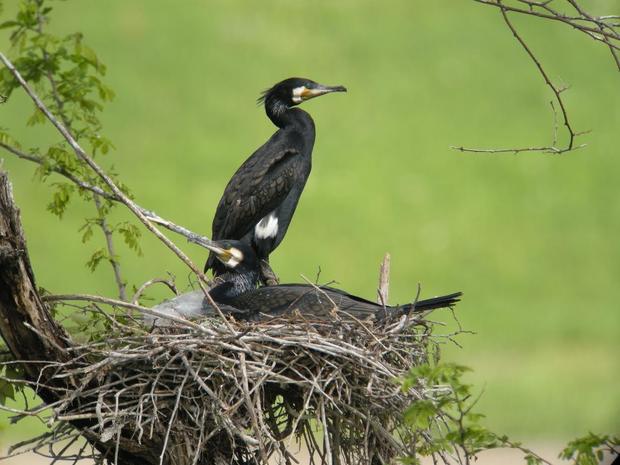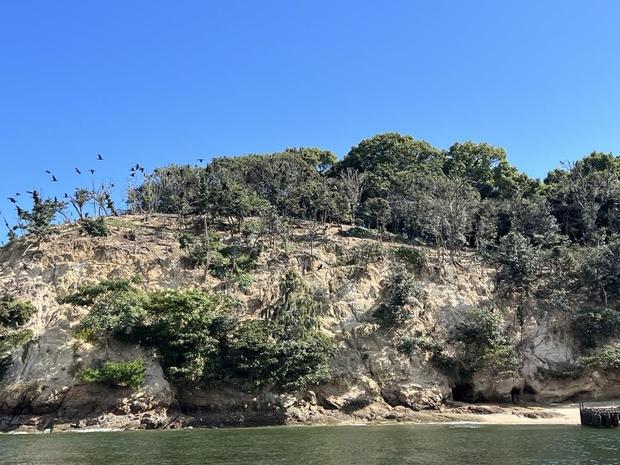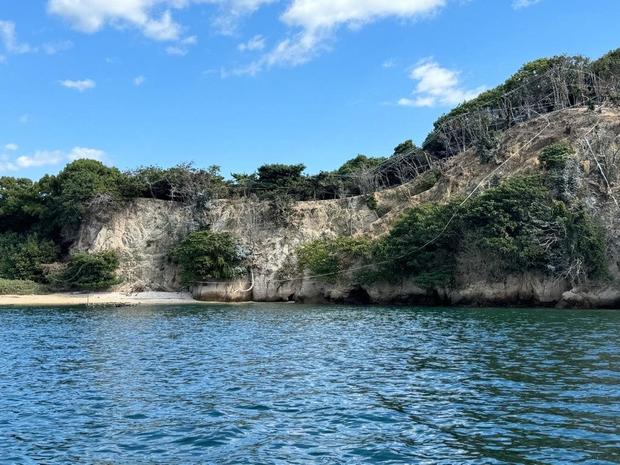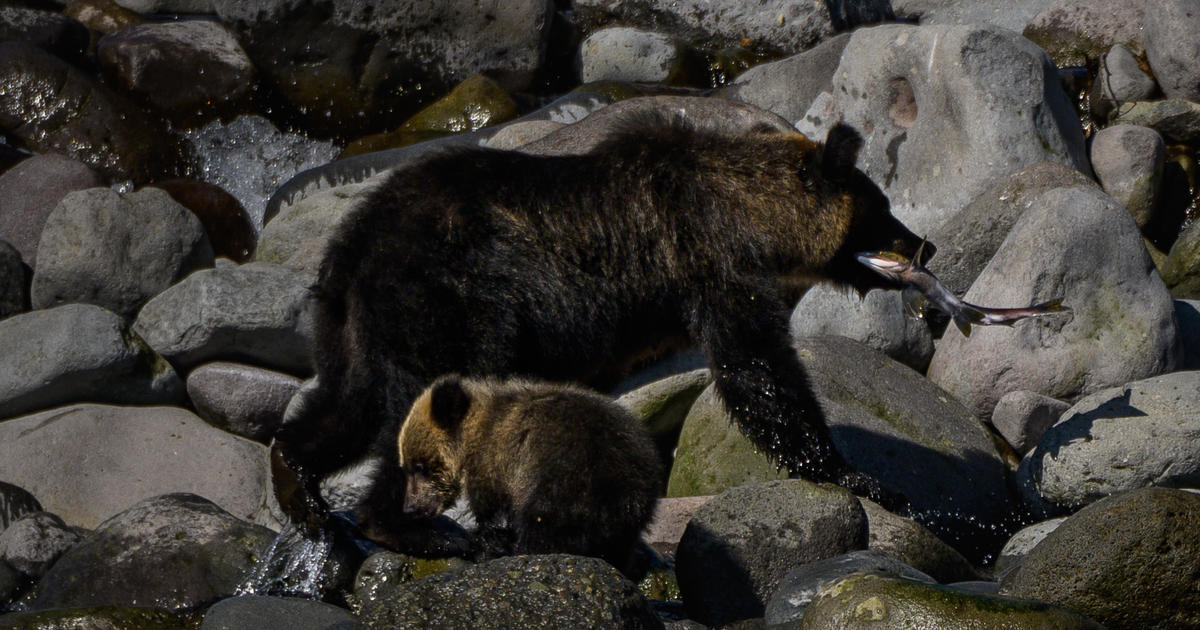Some big seabirds have eaten and pooped their way onto a Japanese holy island's most-wanted list
Tokyo — The "shrine island" of Miyajima is one of Japan's most iconic destinations. A quick ferry ride from downtown Hiroshima, the postcard-perfect locale is much-loved for its giant "floating" vermilion Shinto gate and sanctuary halls built over the water of Hiroshima Bay.
With a resident population under 1,500, the tiny island and World Heritage Site received almost 5 million tourists last year alone. But one breed of visitor in particular appears to have grown too fond of the charming island for its own good.
Locals have had enough of the kawa-u, or great cormorant.
Descending on Miyajima's protected forests in huge flocks, the snaky-necked diving birds — who've become known locally as "the black gang" — are ruffling feathers for two reasons.
For one, great cormorants (which are among 40 cormorant species worldwide, four of them native to Japan) are skilled and voracious fish eaters. The sleek birds able to dive almost 100 feet into the sea in search of prey — and they've made a meal of the quiet, shallow waters around Miyajima.
"The situation is tragic," a fisherman lamented to local network RCC, calling the bird invasion "a matter of life and death" for his business. As the feeding frenzy unfolds, he said he and the island's other fishing folk "can't do a thing except sit back and watch."
Catches of prime commercial species including the conger eel, he reckoned, have plummeted by 80%.
In other parts of Hiroshima, the birds have efficiently picked rivers clean of ayu, or sweetfish. An Osaka-based TV network, ABC, pegged cormorant losses to the Hiroshima fishing industry at more than $1 million.
Almost three feet in length, the insatiable birds are unique among large avians for living in large colonies, which has led to the second reason they're no longer welcome on the island of the gods.
The hearty-eating birds excrete prodigious amounts of acidic guano, thoroughly coating trees and ground vegetation in a pungent white powder.
As portions of the protected forest on Miyajima wither away under the blanket of bird droppings, leaving dead patches of brown earth, the birds simply move on to the next stand of trees.
Yosuke Shikano, who works with the department of agriculture, forest and fisheries section in the city of Hatsukaichi, which administers Miyajima, told CBS News the cormorant droppings had destroyed 2.5 acres of forest already, less than a mile from the picturesque tourist area.
As in the U.S., cormorants were once endangered in Japan, but populations have roared back thanks to conservation efforts and waterway cleanup campaigns. Throughout the prefecture of Hiroshima, which includes Miyajima, the winter migrant population of great cormorants had swelled to over 7,000 as of December — more than double the number seen in 2014.
Shikano said the city has tried a variety of non-lethal methods, including laser pointers and fireworks, to ward off the cormorants. Fishing poles have been used to cast and fling biodegradable bird deterrent tape through the treetops in some areas.
The white tape, which resembles polyester twine but disintegrates harmlessly within a few months, scares off birds by snapping in the wind and reflecting flashes of light.
The defensive campaign has succeeded in reducing the winter migrant population, but not fast enough to suit the city of Hatsukaichi, which is set to start hunting hundreds of cormorants at their breeding nests on the far northwest side of the island.
"It's an endemic species, so we don't want to eradicate them completely," Shikano said. "But the number needs to be managed."









